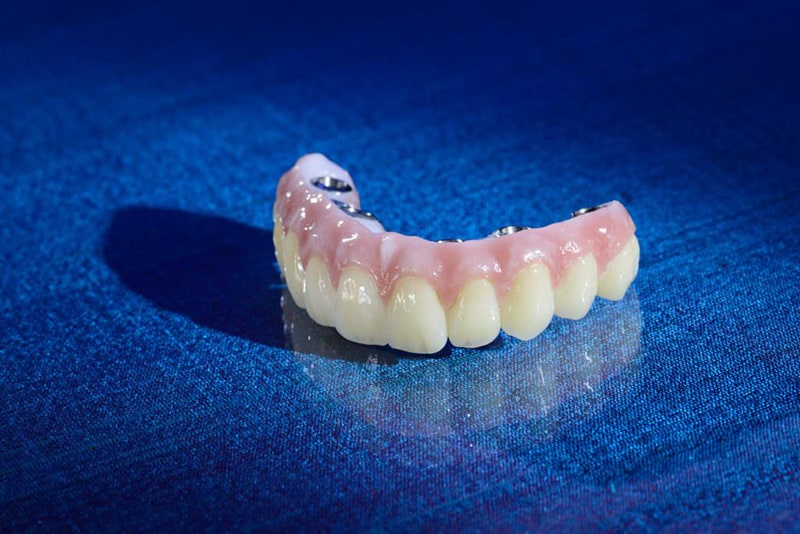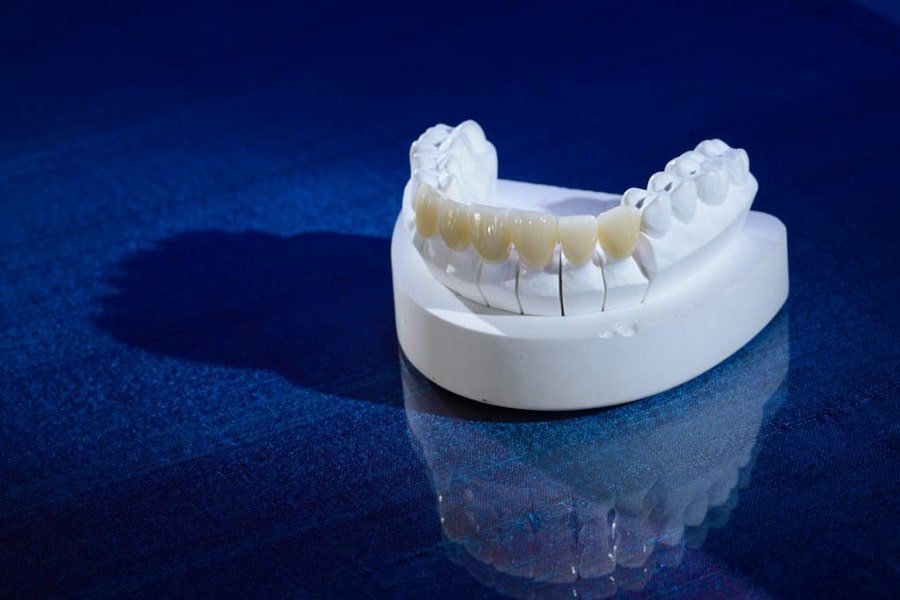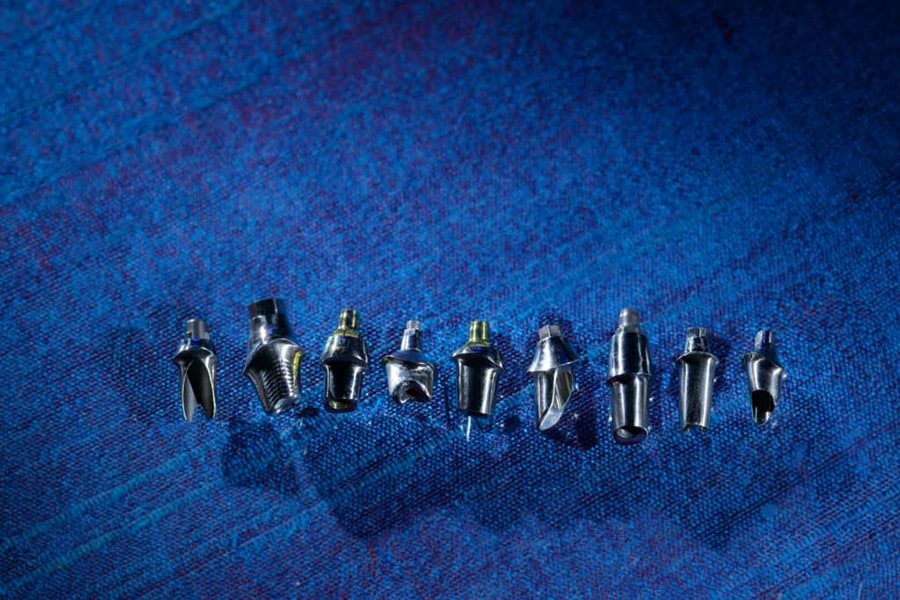Impressions are always the foundation for any lab-fabricated dental restoration. Getting that excellent impression is sometimes difficult and unpredictable with conventional impression methods. Digital impressions have their own considerations that must be observed in order to capture an impression that can deliver predictable results.
What You Will Learn In This Article
Factors to consider when capturing a digital impression
Techniques for capturing the best margins with your IOS
Fully Digital Model Free Restorations
Restorations Available for Fully Digital Model Free Restorations
Burbank Dental Lab's own monolithic zirconia brand, Zir-MAX.M













